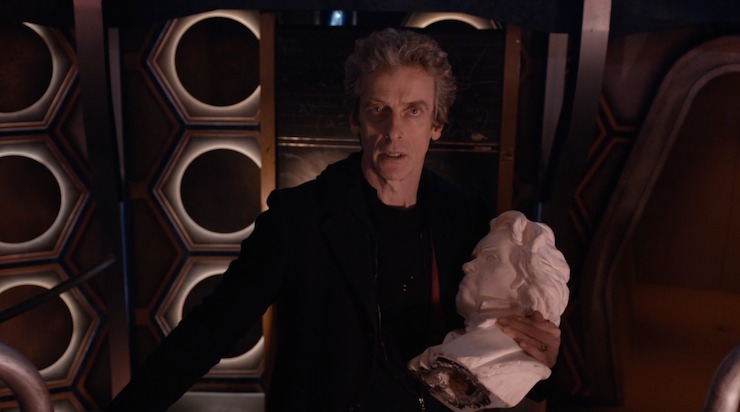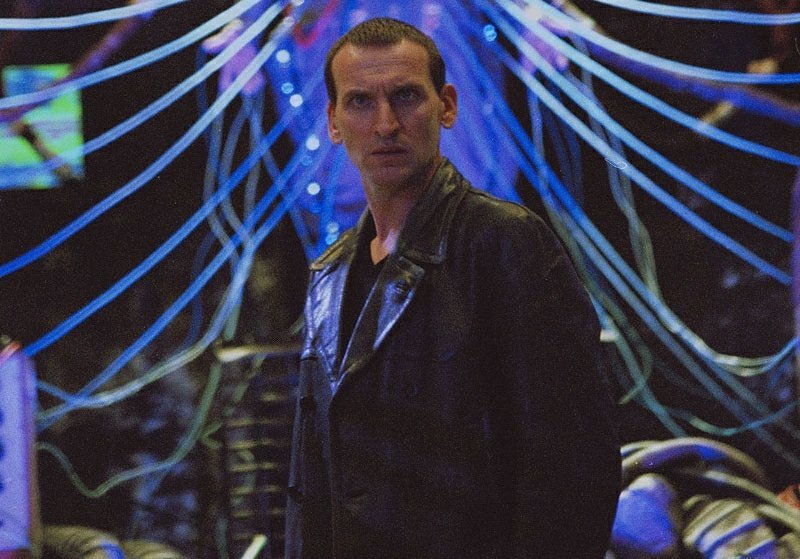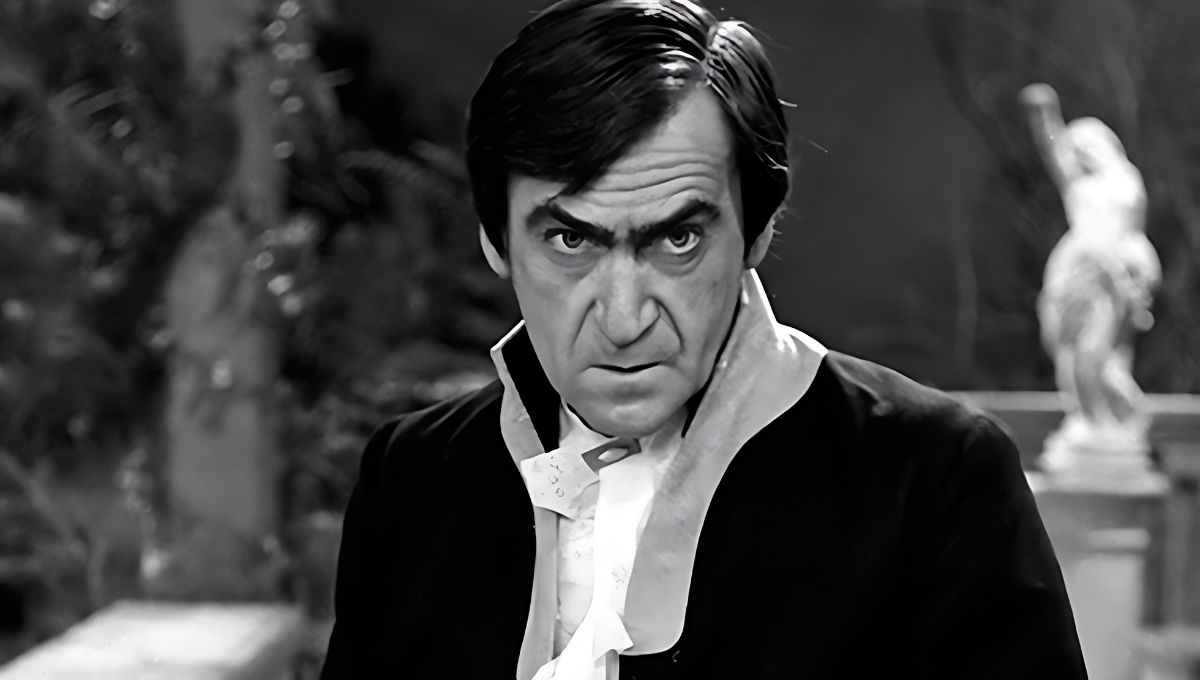Brace yourself for some of the toughest Doctor Who questions in the Whoniverse. Is your brain ready for the canon-stretching pain?
We previously wrote an article addressing some of the biggest unanswered questions in the Whoniverse, which you can read here if you’re in the mood for some bonus head-scratching. This post is a sequel – another list of tough Doctor Who questions for which there are no easy answers. Brace yourselves.
How long was the Doctor in the confession dial?

The first of our Doctor Who questions comes from a little-known episode called ‘Heaven Sent.’ In the adventure, the Time Lord is trapped in a maze-like castle which constantly rearranges itself, all the while being stalked by a veiled creature which will only spare his life if he utters a previously unspoken truth.
To cut a (very) long story short, the Doctor realises that there is an earlier version of himself stored in the confession dial’s teleport, meaning that, when he dies, that earlier version of the Doctor can beam straight into the castle. And the Doctor does this on a loop, meaning that, technically, he is inside the castle for over four billion years.
So does that make the Doctor four billion years old? And if he kept dying and reverting to a younger version of himself, how can we fairly measure the amount of time he was inside the prison?
The answer to this Doctor Who question is, quite simply, that we can’t – but it’s fun to debate. Good luck, internet.
How is the Doctor able to break the fourth wall?

Doctor Who has featured many fourth wall-breaking moments over the years, starting with William Hartnell in 1965 when, on Christmas Day, he turned to the camera and wished a merry Christmas to everyone watching. Gulp. Is it possible to find a canonical explanation for this apparent anomaly?
This is tough Doctor Who question to address, because the real answer is, simply, that the programme makers thought it would be fun to do, and increasingly so in recent years. (Here’s looking at you, Mrs Flood.) One possible explanation is that the Doctor is so eccentric that, on occasion, he likes to pretend that his adventures are being watched by teems of devoted viewers; he’s literally talking to himself, and he’s aware of it – and he doesn’t care.
This wouldn’t explain why other characters break the fourth wall, though. Perhaps there is some kind of universe-wide TV network, where advanced species can look in on the lives of anybody they choose, like ‘Vengeance on Varos‘ on an epic scale. Perhaps the Doctor and certain other characters are aware of this, and like to address their voyeurs directly?
Why can’t the Doctor cross his own timeline?
This is a tricky Doctor Who question to address because, again, it’s complicated. In the 2005 episode ‘The Parting of the Ways,’ the Doctor told Rose that once the TARDIS lands in a given place, he becomes stuck in the timeline and part of events, meaning that it’s impossible for him to travel back and warn the residents of Satellite Five that a Dalek attack is incoming.
And ever since this statement was made, it has been fleetingly referenced in other stories to explain why the TARDIS can’t be instantly used to solve any problem. Indeed, the Doctor said, “We can’t use the TARDIS – we’re part of events now!” in ‘The Girl in the Fireplace’ to explain why he couldn’t use his own machine to travel along Madame de Pompadour’s timeline.

The general answer to this Doctor Who question is that using the TARDIS will cause the timeline to disintegrate, or something. The Doctor rams this point home in ‘Dark Water’ when Clara asks him to go back in time and stop her boyfriend Danny from being run over. “If I change the events that made you come here, you will never come here and ask me to change those events,” he points out. “Paradox loop. The timeline disintegrates.”
Of course, the more accurate answer to this Doctor Who question is that it would make most of the Time Lord’s adventures rather dull if he could fix everything with a quick trip back in time, wouldn’t it?
Why is the universe filled with clones of the Doctor?
We’ve addressed the next of our Doctor Who questions in a longer blog post which you can read here. Basically, since his travels began, the Time Lord has bumped into carbon copies of himself living other lives on other worlds. There was the Abbot of Amboise in ‘The Massacre,’ and Salamander in ‘The Enemy of the World.’ And then there was Maxil the guard in ‘Arc of Infinity,’ whose appearance the Doctor later adopted, and ditto Caecillius from ‘The Fires of Pompeii.’

The in-universe explanation for this Doctor Who question is that the Doctor chooses important faces from the past (like Caecillius) as a reminder to himself: He is the Doctor, and he saves people. This was the explanation given in ‘The Girl Who Died’ when the Time Lord finally realised why he was wearing the face of a man that he’d rescued.
But this doesn’t explain why the Sixth Doctor would pick the face of the villainous Maxil the guard, or why Salamander and the Abbot of Amboise were already roaming the universe wearing the Time Lord’s complexion. Perhaps there is some greater cosmic power at work, who’s pulling the strings from behind the scenes, like the Toymaker, to try and fudge with the Doctor’s head. Or perhaps the answer is simply that, in an infinite universe, it’s inevitable that a person will eventually bump into a clone of themselves, and the appearance of the Abbot and Salamander is just coincidental.
We may never know the complete answer to this Doctor Who question, but it’s fun to debate.
In the meantime, tell us: Which other Doctor Who questions keep you awake at night? Are you bothered by the Doctor’s regenerating clothes? And does it concern you that WOTAN called him “Doctor Who”? Let us know in the comments below.










Leave a Reply